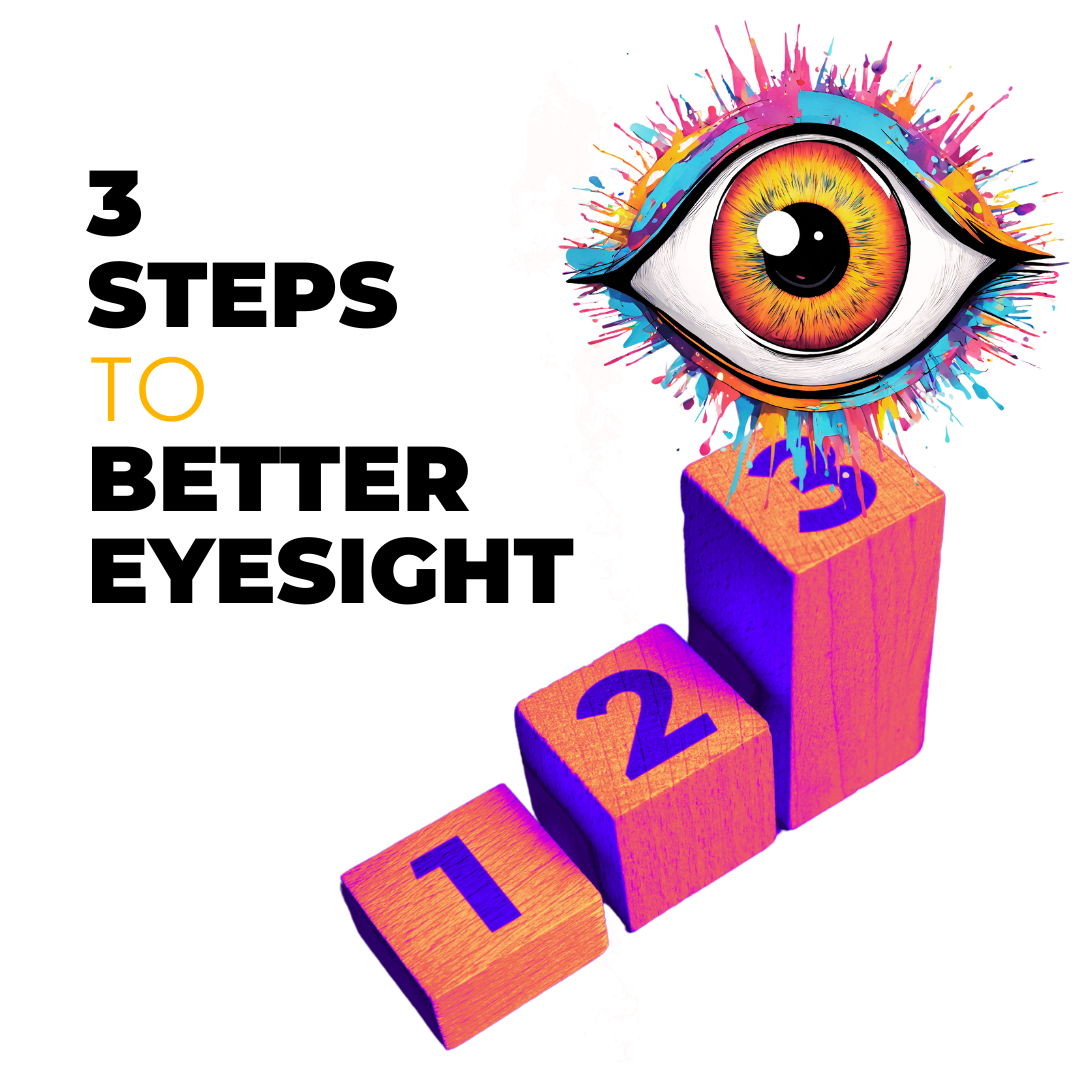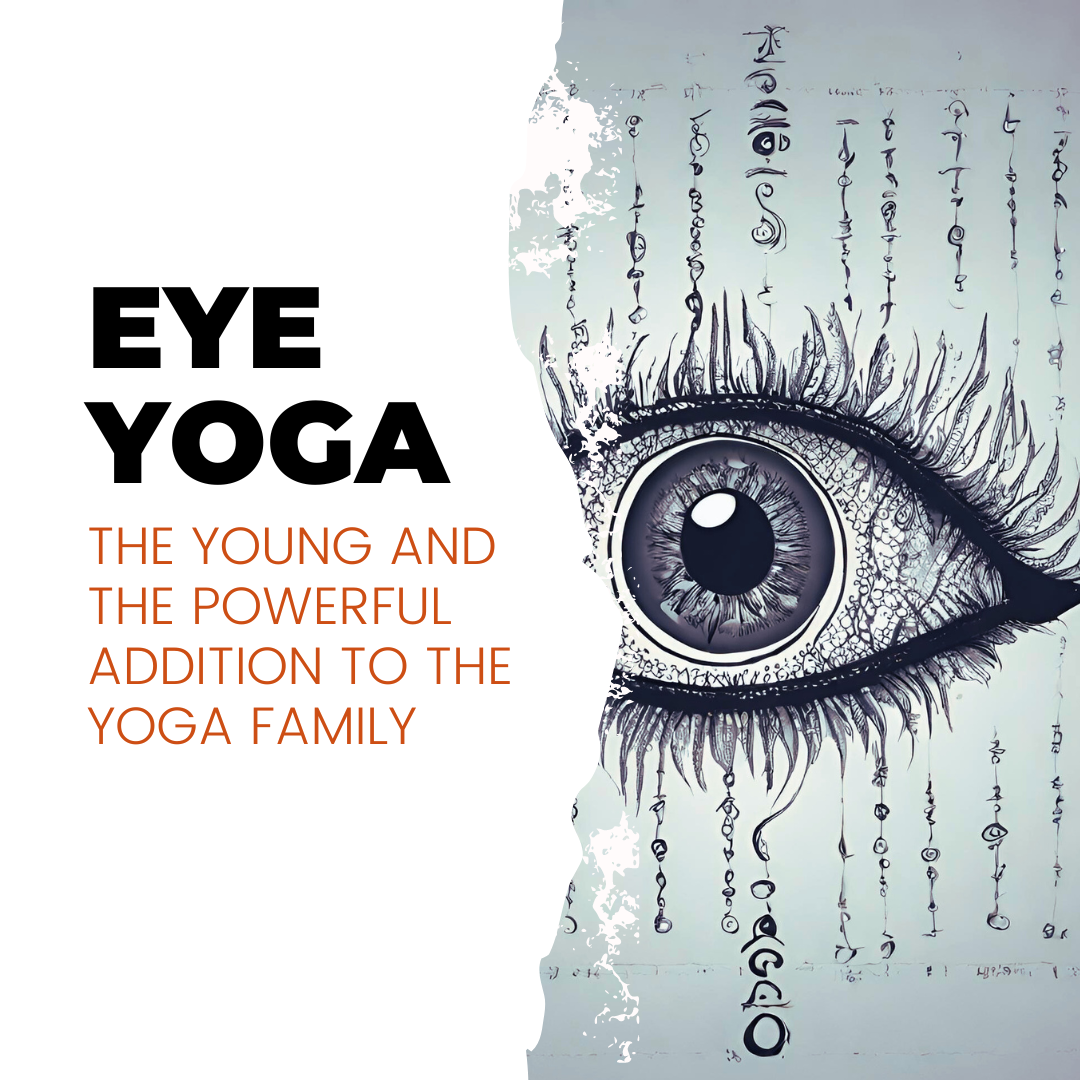
Palming the Brain
Palming is considered to be one of the most important techniques in the quest of bringing up relaxation in the eyes and the visual system. For some students it is a love at first sight. For others it takes time to appreciate the enormous power Palming brings to the process of vision improvement. In this blog Irena Castle reflects on her own journey towards the acceptance of this foundational technique and her discovery of its benefits that go beyond the eyes.

Redefining the Meaning of Movement
The coffee cup that sits on the table in front of you is obviously stationary. So why should you see it move? It makes no sense, right? WRONG!
If this is your experience, chances are that you think of movement as an action during which the object of your focus changes its physical position. In the context of visual skills, that is not what movement means.

Vision Children
The moments in our childhood when we felt loved just a little bit extra were exciting and deeply bonding.
Treat your eyes as if they were your children and see magic happen.

Seven Ways to Practice Vision Within a Busy Schedule
During the day there are many short moments available to us for vision practice. Little spurts of time that do not burden our schedule, but can make a huge difference in the speed at which visual skills develop and eyesight improves. What are those moments and what techniques are they suited for?

Exposing Visual Greed
We want it all and we want it now! While hustling may be the right thing to do in order to achieve more in certain areas of your life, it will not give you the clear seeing you crave.
Visual greed is a common habit that many people have acquired by using their eyes in a way other than how they were designed to work. Visual greed means trying to see too much at once in an effort to provide a full picture faster.

Is Vision Improvement Becoming the New Norm?
It is broadly believed that eyesight cannot be refined, improved, or restored once diminished. The truth, however, is quite the opposite and current trends in the medical field prove it.
Organizations such as the COVD have given rise to board certified holistic optometry and ophthalmology and broadened the reach of vision therapy. Increasingly more often the doctors of medicine are willing to incorporate well-being practice into the way they treat their patients.
According to the National Center for Complementary and Integrative Health (NCCIH), over 34% of Americans now actively engage in practices that optimize their well-being, vision included. More and more people are starting to look into it, taking charge of their eye health instead of passively accepting symptomatic treatment, such as eyeglasses, contact lenses or surgeries.
So will you join in or will you stand on the sideline?

3 Steps to Better Eyesight
There's a prevailing misconception that the quality of our senses is beyond our control — that they cannot be refined, honed, or restored once diminished. Eyesight is no exception.
If your vision is worsening, if you wear glasses, contact lenses or are thinking of undergoing a corrective vision surgery, the approach described in this blog may serve you well. Its power to bring vision back comes to life in three steps.

Eye Yoga - The Hidden Gem Among Yoga Styles
The latest addition to the yoga family is on the rise. Developed throughout the 20th century this style of yoga heals the most valued sensorial arrangement of the human body - the eyes and the visual system. Yes, we are talking about Eye Yoga, aka a modality for natural vision improvement. Promising symptomatic relief of conditions such as myopia, presbyopia, hyperopia, astigmatism, strabismus, as well as other causes of visual difficulties …

To Bead or Not To Bead
Beads hold the power to improve your vision. Explore the ways to use them and the eyesight skills you will gain as you practice.

Head Against Astigmatism
Is tilting one’s head a sign of thoughtfulness? Does it show a lack of confidence? Is it part of one’s style? Whatever the reason, if you too are tilting your head, know that this habit is one of the common causes of distorted vision.

Duality That Takes Your Breath Away
Duality is often regarded as polarization, often on the opposite sides of the spectrum. Black or white. However, in all things vision, duality is about partnership. The whole cannot be achieved without the parts being present, equal, and harmonized. The test presented here can start you on what may be the most breathtaking journey you have ever taken.

How Faith Brings Your Vision to Life
Chances are that you allowed your vision to deteriorate for years, even decades. Does it then seem reasonable that you may need more than a few days to get it back?

Train Your Brain to Let You See
Your brain can either speed up your eyesight improvement, or it can apply brakes to your progress. In this post learn how to turn your brain into an ally of your vision journey using a few simple tricks.

How LEGO Building Builds Your Vision
A simple task of finding a red, flat, rectangular piece with two connectors in a pile of 100 pieces will train not one, but several visual skills.

Eye Exercises: Myth or Cure?
Conversations about the best response to the worldwide spread of myopia and other vision problems are passionate, sometimes heated, and full of opposites. The traditional medical approach is addressing it through corrective lenses and surgeries. The alternative approach suggests that our eyes are meant to see, and that more gentle steps can be taken to achieve the same objective - clear seeing at all distances. What side are you on?

Leverage a Cloudy Day For Easy Seeing in Bright Light
On days that are gloomy and dark your vision may get lazy, and perhaps worsen. Same as the weather and our mood, eyesight is variable. It changes with the conditions around us.
Before you hide inside and take a nap, consider going outside instead to to expose your eyes to light without the overwhelm of strong sunshine.

How to Prevent Astigmatism and Tunnel Vision by Looking From Object to Object with Ease
In today’s world we look for the shortcuts. We commit to the end result, not to the journey. We go from A to Z skipping the rest of the alphabet. We look from near to far ignoring the in between. Then astigmatism appears, tunnel vision knocks on your door, and your world starts to shrink.
So how should you look from object to object to reverse the course?

What is Natural Vision Improvement?
The term Natural Vision Improvement (NVI) refers to methods that teach people how to use their eyes in a way that leads to improved performance of their full visual system, and therefore to improved seeing without the need of traditional vision aids, such as glasses or contact lenses.

Two quick ways to check your peripheral vision at home
A person with a good peripheral vision has a field of view of about 100° on each side, for a total of 200°. Quickly check yours. Are you in the green or in the red?
